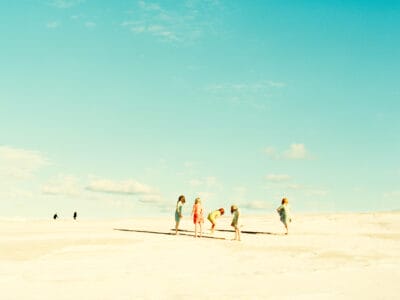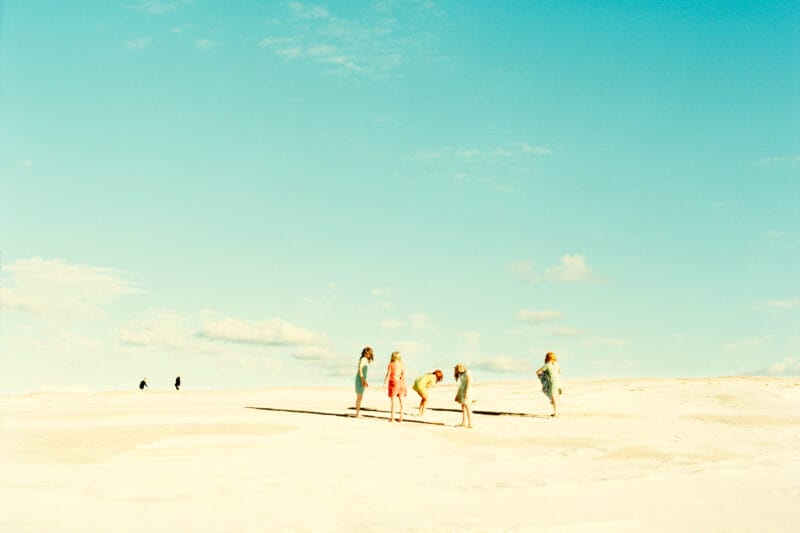Denise Grünstein – Aftermath
Past exhibition October 7, 2023 – January 7, 2024
In the summer of 2023, the Swedish art scene lost one of its most prominent photographers, Denise Grünstein. Artipelag organized a memorial exhibition featuring her works. The exhibition was titled Aftermath in an attempt to depict what she meant to Swedish photography. Aftermath emphasized the focal points of her career, spanning from the 1980s to Grünstein's final major artistic project, Nymphaeas, in 2021.

Denise Grünstein studied photography at Beckman’s College of Design but never received formal academic training in photography like many of her contemporaries. Instead, she learned photography through hands-on experience. Her professional scope encompassed commercial photography in fashion, interior design, and still photography in the film industry. This diversity of backgrounds has given Grünstein the freedom to experiment with different forms of photographic expression she has applied throughout her career.
– Denise Grünstein was a photographer and a multifaceted artist who worked at the intersection of various artistic mediums. Artipelag has been following her artistic practice for many years, and her works are part of our collection. We are very pleased to have the opportunity to present Grünstein’s works in a comprehensive solo exhibition at Artipelag, says Museum Director Bo Nilsson.
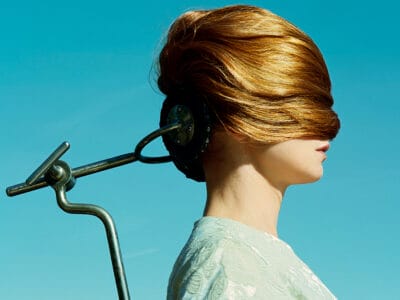

Grünstein achieved her artistic breakthrough by participating in the groundbreaking exhibition Bländande bilder (A dazzle of visions) 1981 at Fotografiska Museet in Stockholm. It marked a new type of photography with metaphysical undertones, mysticism, and a sense of space that emerged for the first time. Grünstein was among the leading figures in this new photography movement, representing a paradigm shift in the Swedish photographic scene.
Her portrait photographs garnered attention, and during the 1990s, she was commissioned by Månadsjournalen to capture the magazine’s in-depth portraits of contemporary celebrities, including Queen Silvia and the actress Anita Ekberg. While at Månadsjournalen, she became widely known to the general public as the magazine’s leading photographer, reshaping the iconic image of media celebrities from unattainable figures into real individuals, although with a mythic narrative.
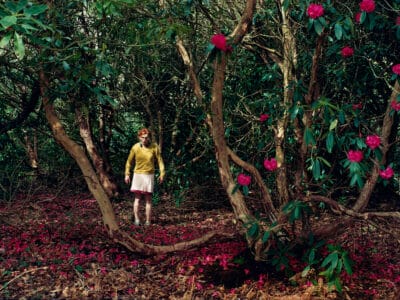
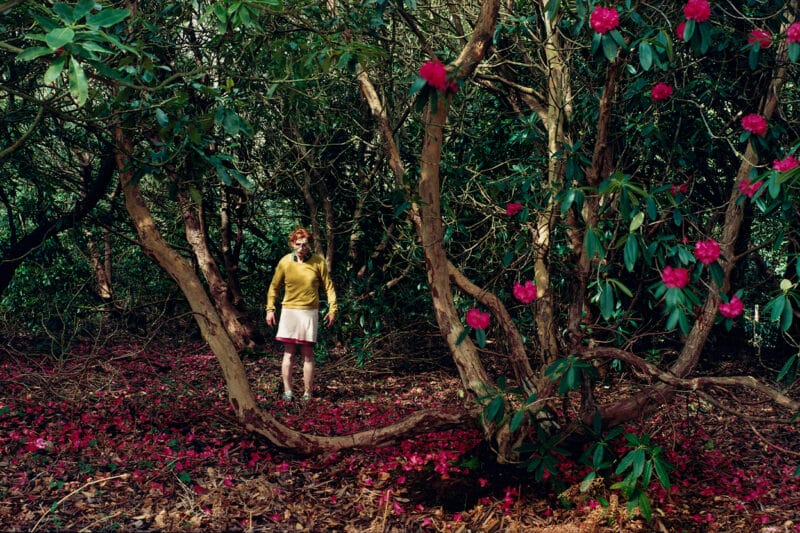
After successful years as a portrait photographer, it was a natural progression for Grünstein to shift her focus towards artistic photography. In 1998, she began working with the series Zone V during a journey through the former Eastern Europe and the disintegrated Soviet Union. In 2001, Grünstein achieved her artistic breakthrough with the exhibition Figure in Landscape at Moderna Museet in Stockholm. In this series, she fully developed what is referred to as “staged photography,” since then, her exhibitions have followed one another.
The prime of her career came with En Face/1866 at the Royal Academy of Fine Arts in Stockholm in 2015. When Nationalmuseum was vacant ahead of its upcoming renovation, Grünstein had the opportunity to undertake the art project En Face/1866. The title relates to the museum’s inauguration year and suggests the building’s history in several ways.


Ambiguity, suggestion, and mysticism are recurring themes in Grünstein’s artistic work. Her works encompass multiple levels of reality with soft stances such as fiction, metaphysics, ideology, and gender identity. Her embrace of the substantive possibilities of photography has made Grünstein an inspiration for the younger generation of photographers.
The exhibition runs until January 7, 2024, and includes several works from significant series such as Figure Out, En Face/1866, Nymphaeas, and several of Grünstein’s video works.
